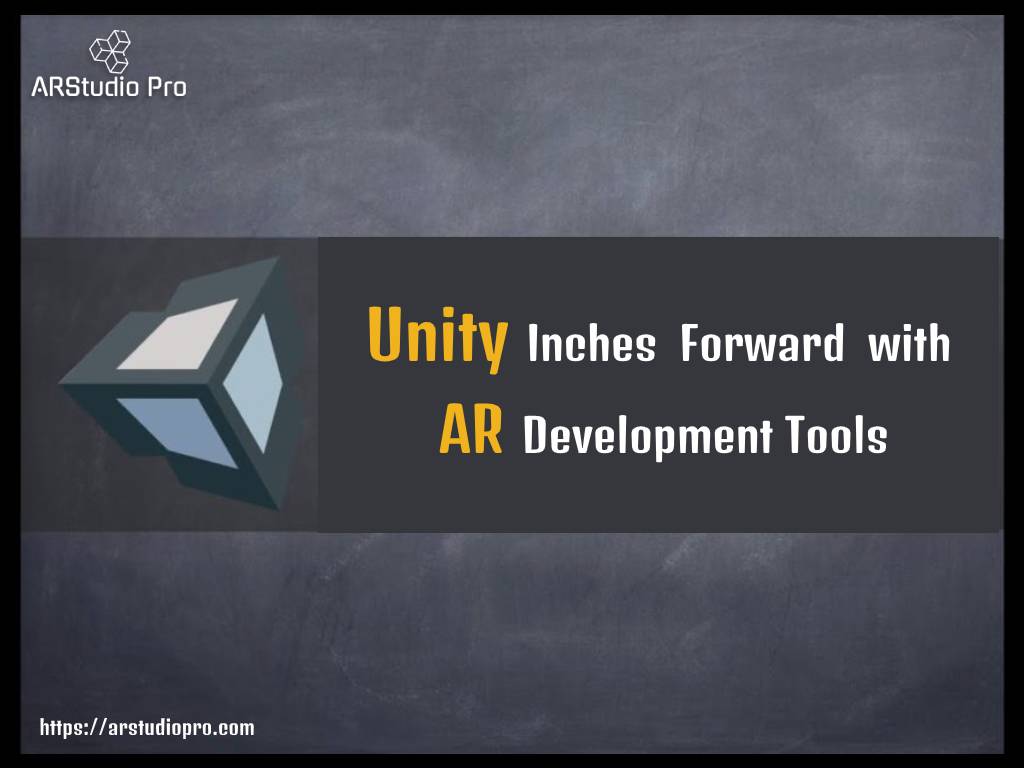
Unity Inches Forward with AR Development Tools
May,2020
Unity's new update launch is a major breakthrough in having the capability to take augmented reality content creation to the next level. This is because Unity is one amongst the top popular three dimensional engines for AR development.
Version 2019.1 of Unity was launched just about a month after the 2018 version was released. Unity's 2019.1 takes baby steps ahead in the direction of AR development. In this version, both the Lightweight Render Pipeline (LWRP) and Scriptable Render Pipeline (SRP) are no longer in preview.
SRP: It facilitates AR app optimization on the basis of hardware
LWRP: It is a preset of SRP to run superior and exceptional 3D augmented reality and virtual reality content on smartphones.
AR Foundation is Unity's cross-platform mobile app development framework for augmented reality. Using AR Foundation can begin their AR app development projects really quickly. With AR Foundation developers can select the features that they want to incorporate in the AR experience only once and the same can be deployed for both ARCore (for Android phones) and ARKit (for iOS phones). It combines the low-level programming interface of ARCore and ARKit into a close-knit framework. AR Foundation has additional features too that helps developers overcome the major challenges in augmented reality development.
Unity Version 2019.1 also brings a new feature for AR app developers named 'AR Remote'. This feature empowers AR app developers to view the outcome of their hard work directly on a device like a computer as a better alternative to exporting the complete build of the entire AR app.
Another significant upgrade in Unity version 2019.1 is that it supports Magic Leap One development, while earlier needed an intricate preview build.
Unity's toolkit Project MARS (Mixed and Augmented Reality Studio) that made augmented reality development easy for developers absent in Unity version 2019.1. In the year 2019, Unity MARS was launched with specialized tools for advanced augmented reality workflow.



